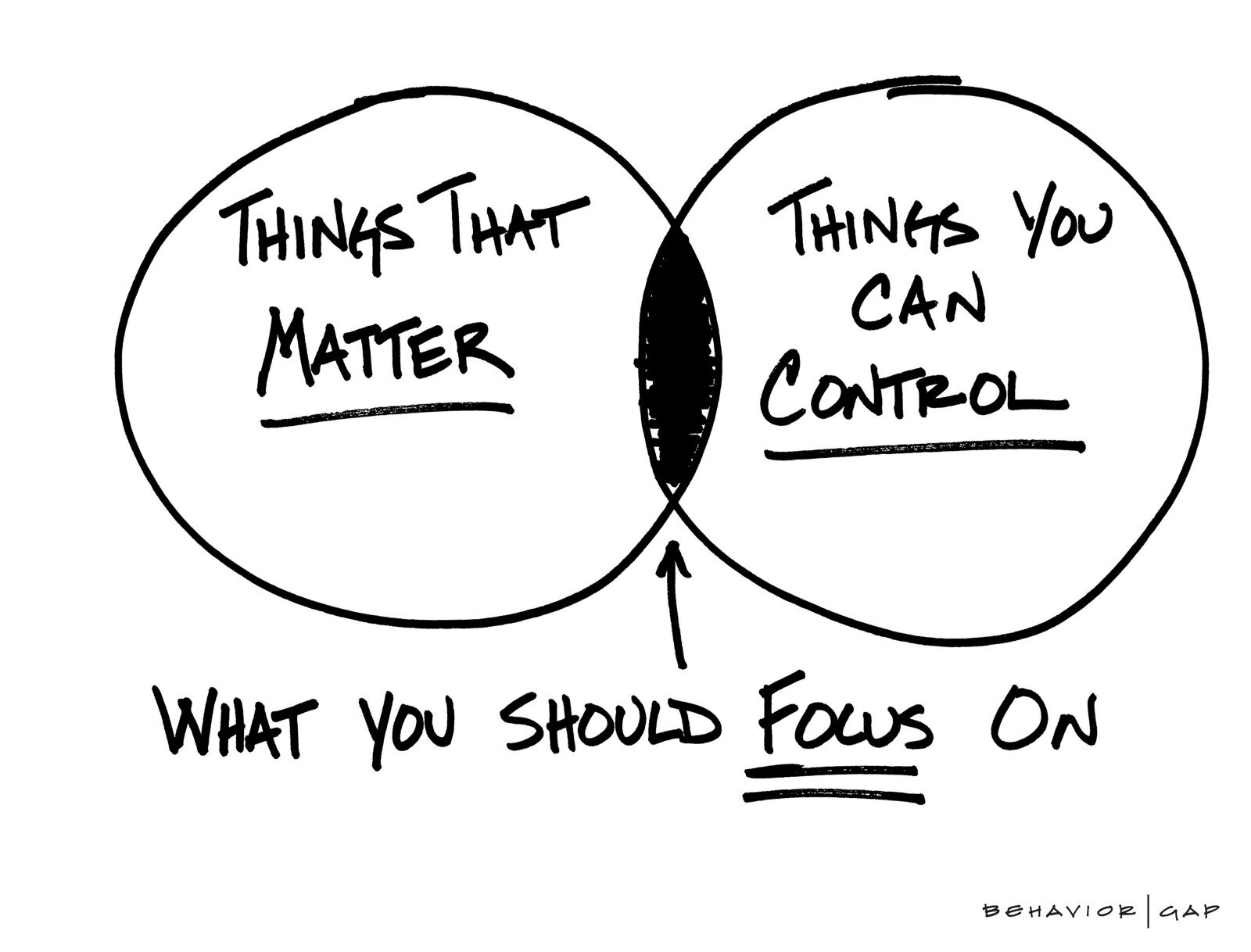Worth a Listen, Look or Read #8 — Keep it Simple.
If you don’t, who will?
Jeff Ikler here for Kirsten Richert with our weekly “Getting Unstuck” mini feature: “Worth a Listen, Look or Read.” Here in about five minutes, we extend the main idea of the week through a new way of thinking, unique content, or critical skills to help leaders at any level get unstuck.
The idea
This week we enjoyed getting an update from our previous guest, Principal JoAnne Duncan. https://bit.ly/36vVsdu JoAnne first appeared on our show last summer. As only a second year principal, JoAnne impressed us with how she had approached the early days of COVID. https://bit.ly/3jRqcL7
How I showed up every day was very intentional on my part. I started the mornings meditating, telling myself “This is what I can control. This is how I can best react.” And I tried to share that approach with my staff.
Through my leadership, I just tried to keep things clear and simple. I tried to keep staff focused on what happens in our classrooms. We can only control how we show up.We can only control how we treat children, how we treat our families, and how we treat each other.
No surprise in this most human of all endeavors – teaching our kids – JoAnne’s message of “keep it simple” was how a whole lot of educators approached COVID. When we interviewed a score of administrators and teachers way back in the spring of 2020, many of them instinctively knew what really mattered at the onset of the crisis. Sure, how best to support instruction and learning were critical questions to answer, and the path there for many schools was highly challenging. Do we stay face-to-face, go remote, implement a hybrid strategy? Do all of our kids have access, and if they don’t, how do we solve for that?
But many educators, though, saw the need to consistently connect with their kids, families, and colleagues as the real priority. And in many areas of the country, that meant figuring out how to get their free-and-reduced lunch kids fed – breakfast and lunch. Relationships are what really mattered, and that idea was so simple you could illustrate it on a napkin.
Extending the idea
But keeping things simple is not often how we humans think or behave. We have this tendency according to psychologists toward a “complexity bias.” We look at a situation when we are in a state of confusion and view it as having many parts that are difficult to understand. We ask ourselves “Where do I even start?” We tend to “complexify” things.
Unraveling them into what’s simple to consider is a real art, so let’s meet Carl Richards, a certified financial planner and the “Sketch Guy” for the New York Times. Richards has a knack for recasting complex financial ideas and the human condition as simple illustrations with a few strokes of a felt-tip marker and paper no bigger than, well, a napkin. Here is one of his most famous drawings, which JoAnne Duncan could have coached him on. You can view more of his simplifications here.
Interestingly, we’ve seen this way of simplifying the complex in education. I was recently interviewing one of the founders of a New York City charter school who confessed how she and her soon-to-be co-founder first outlined the idea for their school.
And he looked at me and he said, “We could start a school in our own community.” And I looked at him and I said, “Are you crazy?” But it really stuck with me, and we ended up drawing the design for [the school ] on a napkin. And I still have that napkin. It wasn't a fully fleshed-out model, but we wrote down points like experiential learning, project-based learning for all students, being attentive to students with disabilities, and designing for the most inclusive environment possible.
Her interview will air on “Getting Unstuck” on October 5th. If you want to see this famous napkin, you’ll need to dial into my blog post around that time.
Putting the idea to work
OK, it’s time to try your hand at this. (You knew I was headed here, right?) And no fair putting up the classic barrier, “I’m not an artist!” If you look at Carl Richards’ drawings, illustrating the simple is more about tapping into your inner Einstein than it is about looking in a mirror and seeing Rembrandt.
Simplifying is about thinking and reducing ideas to what’s essential.
On that point, Richards usually starts by asking the question he wants to answer or by implying an obvious one. Simplifying is always trying to get at who, what, when, where, or how. And why.
He also constrains himself by limiting the variables he’s considering to only two or three. Illustrating the simple idea requires us to first boil down a situation to its essence. One trick is to remember that you only have two hands: it could be this – your right hand – or that - your left hand. Or think of yourself as a proficient juggler of no more than three balls.
And here’s the deal, if you create something, I’ll publish it here in a future posting. You can reach me via LinkedIn.
I’ll even get you started and provide the virtual napkin. The felt-tip marker is up to you. You’ve got to have some skin in the game.
Also “Worth a Listen, Look or Read”
If you’re looking for a funny, serious, inspiring memoir-ish type of summer read, look no further than Shelley Brown’s Weird Girl Adventures from A to Z. Here’s part of the review I left on Amazon:
Good writing is good to find. Good writing can be a pleasant diversion from our hectic pace of daily life. It can find its way onto our nightstand or into our carry-on for airplane reading, and then maybe into the paper recycling bin.
But great writing – and I easily put Shelley Brown’s Weird Girl Adventures in that category – is like a passport. It can help transport you on a journey, and in my case, a very personal one. As I laughed, sniffed and grumbled along with Shelley’s lightning-fast chapters and prose – the following only being a sampler – on fast walking, pessimism, rule following, obsessiveness, and being a card-carrying member of the Church of “onethingiswrongsoeverythingiswrong” Syndrome, I looked at myself in the mirror. . . and laughed. “Who needs a therapist?” I thought, when you can read Shelley.




